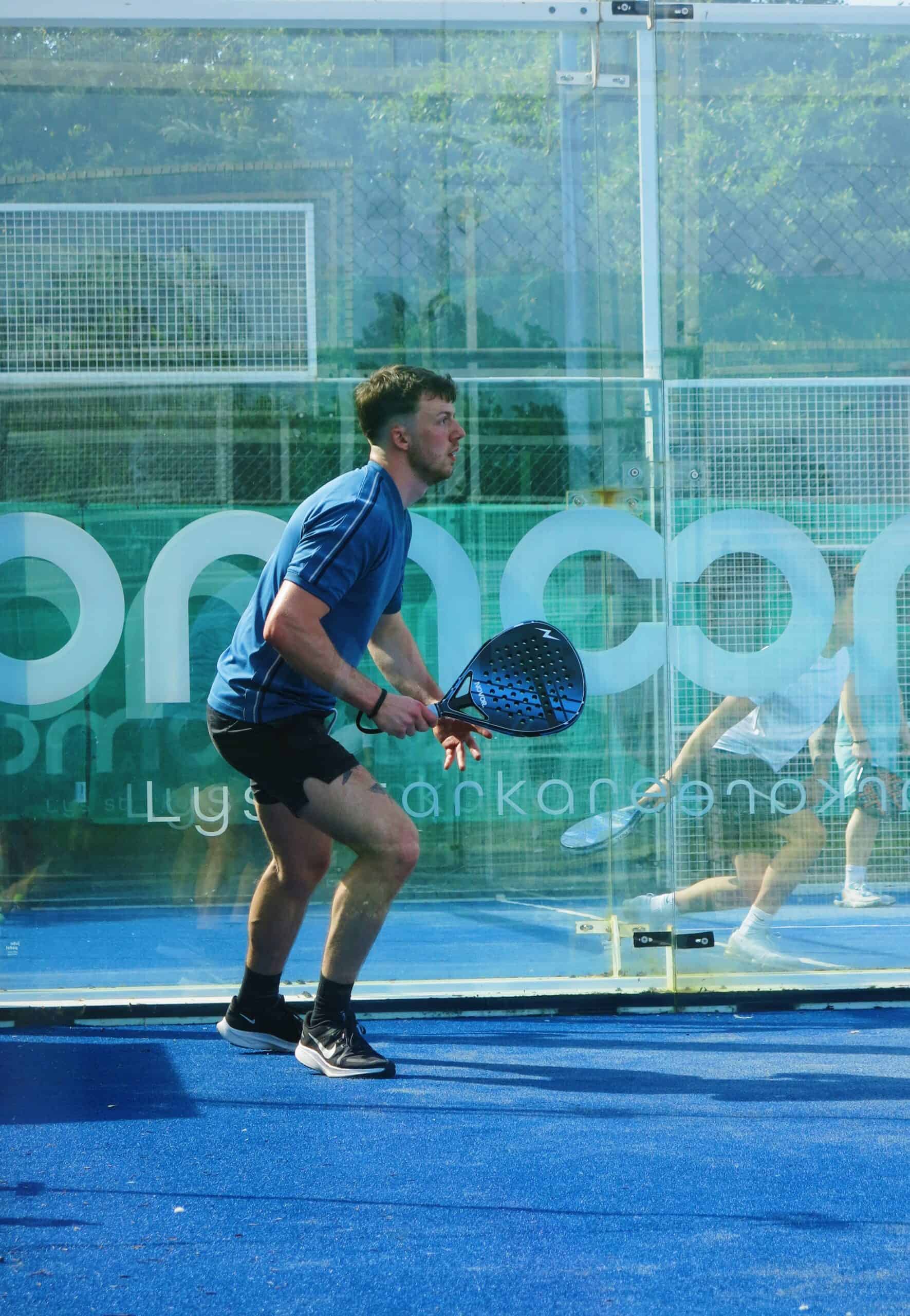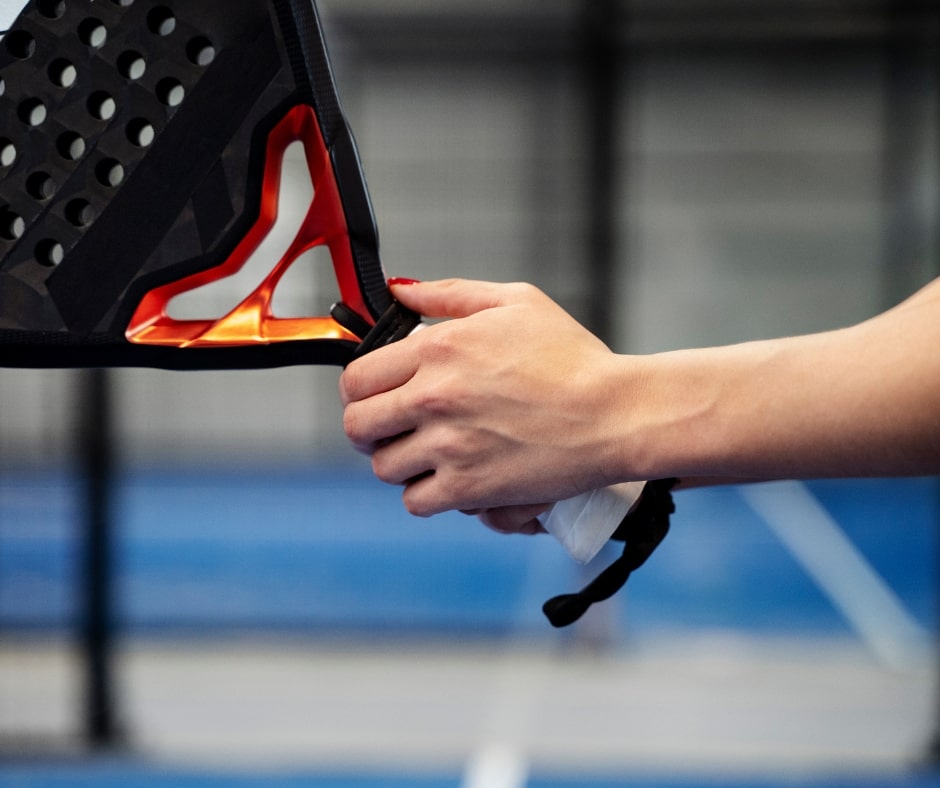
When it comes to mastering padel tennis, understanding how to hold your padel racket grip can make a significant difference in your performance on the court. The right grip not only enhances your control but can also add power to your shots. In this blog, we’ll explore the best padel racket gripsqw for power and control, and whether different levels of players, from beginners to professionals, should look to change their grips.


In conclusion, mastering the art of holding a padel racket grip is a journey that evolves with your skill level. Whether you’re seeking power or control, choosing the right grip and adapting it to your playing style is crucial. Remember that the ideal grip may vary among players, so don’t hesitate to experiment and find what works best for you. As you progress in your padel tennis journey, refining your grip can elevate your game to new heights.
Experience the benefits of ergonomically designed padel racket grips with Novor’s flagship product, the Aeroblade.
Managing Director
We’re dedicated to upholding the highest standards of customer service and delivering on providing premium padel rackets. Please explore our extensive list of reviews to see what our customers have to say!
Super, top quality gear and a super helpful team. Have definitely secured my future business. 🤩
I had the chance to try the Novor padel racket last weekend and I was very surprised with the quality, weight and it’s balance distribution. Very good relation price quality and highly recommended. Very good effort and work developing their first official product by the guys of Novor!
What a stunning racket. Very good price, especially for a carbon racket, delivered in 2 days, comes with a nice bag. Beautifully designed and made, looks the business and feels very nicely weighted. Can't fault it. I just need to get better at the game to justify having such a nice piece of kit!

Elevate your padel game with Novor – Precision | Power | Performance. Unleash your potential with our padel rackets designed in London.
VirtualRock Ltd trading as Novor (™) 2023 . All Rights Reserved